Design Systems for Consistent and Scalable UI: Best Practices and Implementation Tips
 Minesh Trivedi
Minesh Trivedi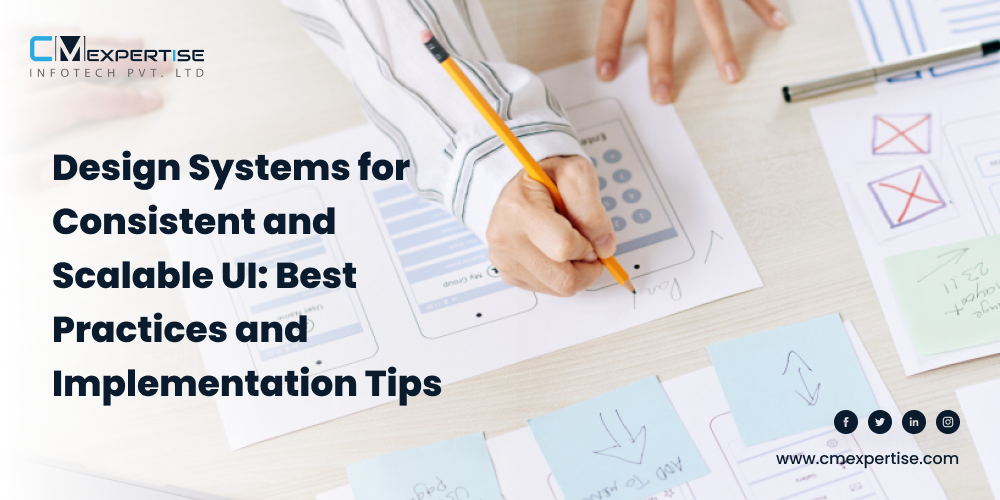
Introduction to Design Systems:
Having a consistent user interface (UI) across projects is essential in the fast-paced world of web and app development. Users desire a seamless experience while using many apps, which is where design systems come into play. A design system is a thorough set of reusable elements, rules, and resources that come together to provide a UI that is unified and consistent. It serves as the basis for creating user interfaces, encouraging productivity, and upholding company identity.
Design systems include more than just visual components; they also take into account layout grids, space, and interaction patterns in addition to color palettes, typography, and iconography. A design system's main objective is to guarantee that all products and applications follow a common set of design principles, giving users a streamlined and comfortable experience.
Why Every Project Needs a Design System
A design system is the backbone of successful UI development. It ensures consistency, enhances efficiency, and maintains a cohesive user experience across projects. From speeding up development to strengthening brand identity, a design system is a must-have for every project seeking excellence in design.
Unlocking Efficiency and Cohesion: The Role of Design Systems
Design systems provide a standardized set of UI rules and features, streamlining the design and development processes. Designers and developers may work more quickly and effectively while saving time and effort by using pre-defined components and styles. A well-established design framework encourages team cohesiveness, resulting in a more unified and harmonious approach to UI design.
Saving Time and Resources: Benefits of Adopting Design Systems
Businesses may greatly cut down on the amount of time needed to develop new projects by implementing a design system. With freely available components, designers and developers can create new applications without having to reinvent the wheel. Design systems are an intelligent investment for businesses looking to optimize their development process because of the time-saving component that converts into cost-effectiveness.
Key Components of an Effective Design System
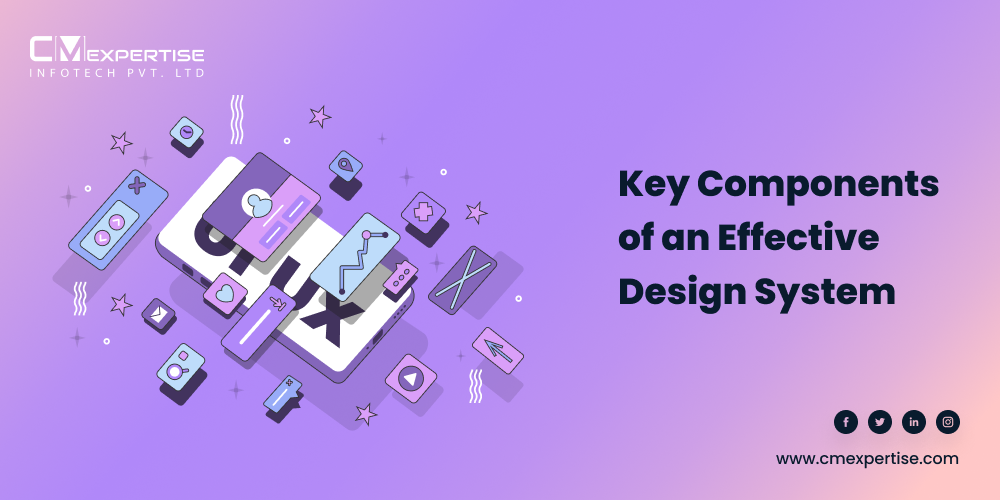
An effective design system comprises well-defined visual guidelines, including colors, typography, and iconography, as well as a solid layout system with grids, spacing, and standardized components. Additionally, it incorporates consistent interaction patterns to ensure a seamless user experience.
Defining Visual Guidelines: Colors, Typography, and Iconography
A solid brand identity and an organized visual language require the consistent use of colors, fonts, and iconography. These components are subject to tight guidelines set by design systems, ensuring that every interface follows the same design principles.
Crafting a Solid Layout System: Grids, Spacing, and Components
A well-structured layout system provides a sense of familiarity and predictability for users across applications. Design systems define grids, spacing, and standardized components, which not only maintain consistency but also contribute to a user-friendly experience.
Maintaining a Cohesive User Experience: Interaction Patterns
How users interact with an application greatly influences their overall experience. Design systems incorporate consistent interaction patterns, such as button behaviors, navigation styles, and feedback mechanisms, to ensure a smooth and intuitive user journey.
Building Your Design System from Scratch
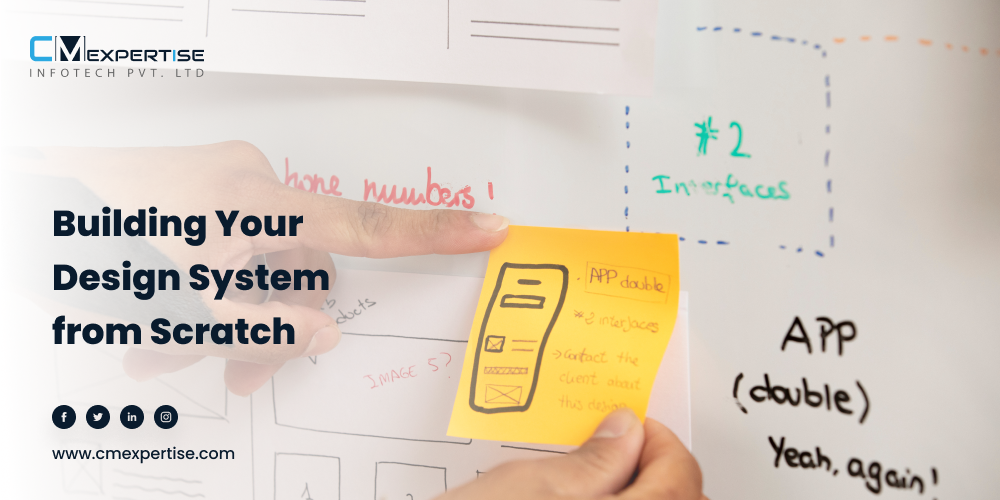
Creating a design system from scratch requires careful planning and collaboration. Assess your project's needs, assemble a dedicated team, and draw inspiration from successful design systems. Tailor your design system to align with your specific goals and target audience.
Assessing Your Project's Needs and Goals
Understanding the particular requirements and objectives of your projects is the first step in developing a design system. Analyze your company's design needs, target market, and variety of applications in operate on in-depth.
Assembling the Right Team for Design System Development
Teamwork between designers, developers, and stakeholders is necessary for the development of a design system. To establish a solid and complete design system, make sure your team has a variety of viewpoints and talents.
Research and Inspiration: Examining Successful Design Systems
Study existing design systems from successful companies and analyze their implementation. Learn from their strengths and weaknesses to inform your own design system's development.
Implementing Design Systems in the Development Process
Creating a design system from scratch requires careful planning and collaboration. Assess your project's needs, assemble a dedicated team, and draw inspiration from successful design systems. Tailor your design system to align with your specific goals and target audience.
Collaboration between Designers and Developers: A Vital Aspect
Effective communication and collaboration between designers and developers are crucial for a successful design system implementation. Regular feedback loops and open discussions are key to continually refining the system.
Integrating Design Systems with Agile Development Methodologies
To maintain flexibility and adaptability, integrate your design system with agile development methodologies. Agile allows for iterative improvements and quick adjustments based on user feedback.
Prototyping and Testing: Ensuring a Seamless User Experience
Before fully implementing the design system, create prototypes and conduct thorough user testing. This process makes sure that your target audience's demands are met and that the design system is user-friendly and intuitive.
Overcoming Challenges in Design System Adoption
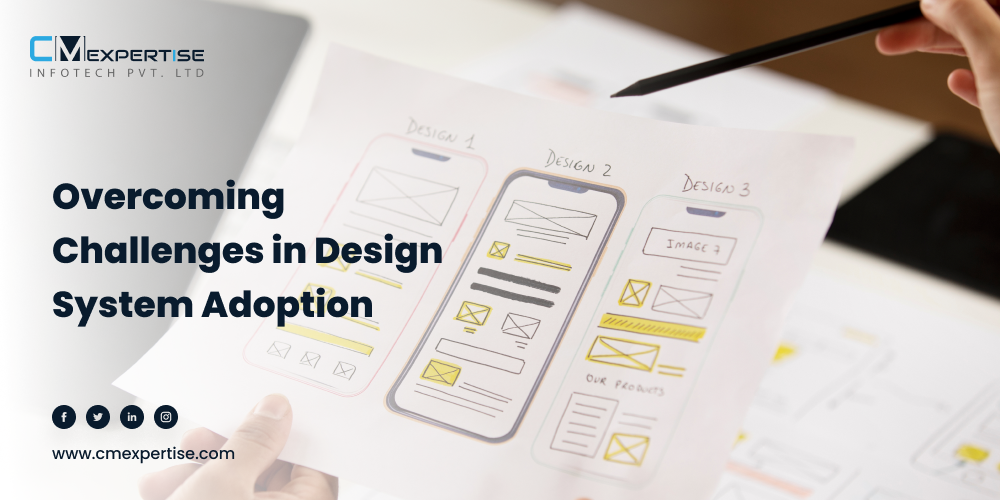
While implementing a design system may face initial resistance, gaining stakeholder buy-in is essential. Handling legacy systems and transitioning smoothly requires careful planning and training. Embrace continuous updates and maintenance to keep the design system relevant and effective.
Resistance and Buy-in: Gaining Support from Stakeholders
Introducing a design system may face resistance from some stakeholders. Present the benefits and potential return on investment to gain support and make a compelling case for its adoption.
Handling Legacy Systems and Transitioning Smoothly
Transitioning from existing design practices to a design system may be challenging. Create a clear roadmap for the migration process and provide adequate training and resources to ease the transition.
Evolving the Design System: Updates and Maintenance
A design system is not a one-and-done project; it requires continuous updates and maintenance. Establish a governance model to ensure the design system remains relevant and up-to-date.
Tools and Resources for Design System Creation
Discover the ultimate toolkit for creating seamless design systems! Our curated resources and cutting-edge tools empower designers to craft cohesive and efficient design experiences effortlessly. Elevate your projects now!
Design Software and Collaboration Platforms
Discover the best design software and collaboration platforms to support the creation and implementation of your design system. Tools that facilitate seamless collaboration are especially vital for distributed teams.
Libraries and Frameworks: Accelerating Design System Development
Leverage existing design system libraries and frameworks to expedite the development process. These resources can significantly speed up the creation of your design system.
Community Resources and Design System Repositories
Join design communities and access design system repositories, where designers and developers share their work and insights. These resources provide a wealth of inspiration and ideas.
Measuring Success: Evaluating the Impact of Design Systems
Evaluate the success of your design system using metrics related to UI consistency, development time, and user satisfaction. Embrace user feedback and iterative improvements to continuously enhance the design system's performance.
Metrics for Assessing UI Consistency and Efficiency
Establish measurable metrics to evaluate the success of your design system. Analyze factors like UI consistency, development time, and user satisfaction to gauge their impact.
User Feedback and Iterative Improvements
Use feedback from users and team members to make iterative improvements to your design system. Continuous improvement is essential for staying ahead of evolving design trends and user needs.
The Future of Design Systems: Trends and Predictions
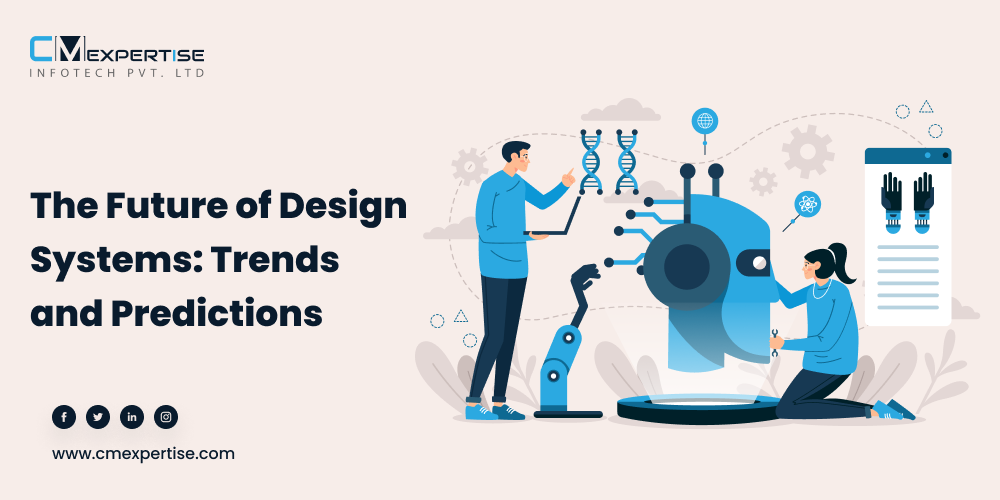
AI and automation will play an increasingly significant role in system design and creation, streamlining the development process. Scalability will be crucial for larger projects and organizations, necessitating a modular approach. As UI design principles evolve, design systems will adapt to accommodate new technologies and user preferences.
AI and Automation in Design System Creation
Explore the possibilities of using AI and automation in system creation. These technologies have the potential to revolutionize how design systems are developed and maintained.
Scaling Design Systems for Larger Projects and Organizations
Learn strategies for scaling design systems to cater to larger projects and organizations. Address challenges related to collaboration, governance, and versioning.
The Ongoing Evolution of UI Design Principles
Anticipate how UI design principles will continue to evolve in the future. Stay updated with emerging trends and user preferences to keep your design system relevant.
Conclusion: Empowering Your Projects with Design Systems
Design systems are indispensable tools for achieving a consistent and scalable UI across projects. By understanding the core components, building a dedicated team, and integrating the system seamlessly, you can unlock the benefits of streamlined development and a cohesive user experience.
As design trends and technologies continue to evolve, embracing design systems will empower your company to stay at the forefront of innovative and user-centric design. With cmexpertise by your side, you can embark on a journey to design excellence, crafting remarkable experiences that leave a lasting impression on your users.
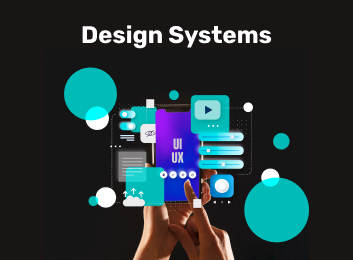
Subscribe to my newsletter
Read articles from Minesh Trivedi directly inside your inbox. Subscribe to the newsletter, and don't miss out.
Written by

Minesh Trivedi
Minesh Trivedi
I strongly believe that when technology meets innovation and the right set of people, the amazing thing is bound to happen. As the CEO, I am proud to lead a team of talented professionals who are dedicated to delivering exceptional products and services to our customers. We pride ourselves on our ability to understand our customer's unique needs and to tailor our solutions to meet those needs. Our team of experts is always ready to go the extra mile to ensure our customers' success.